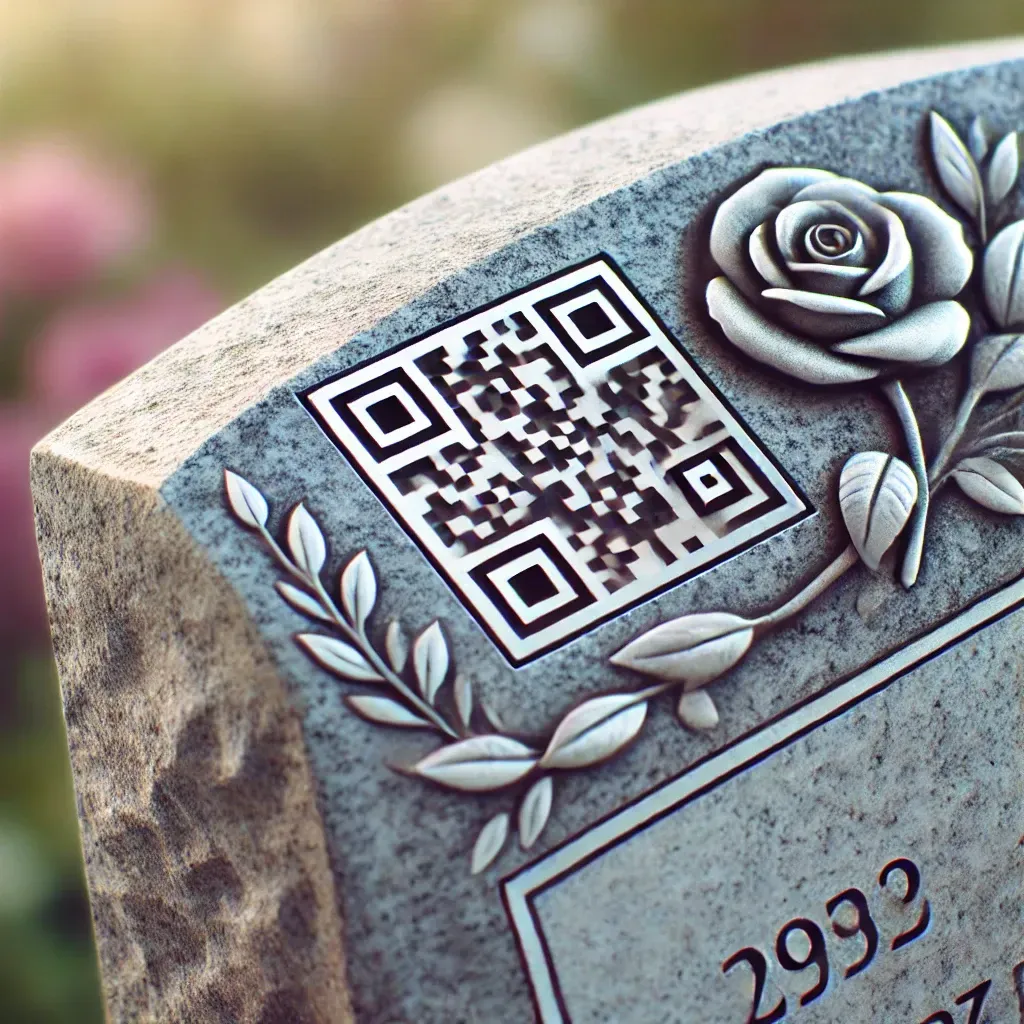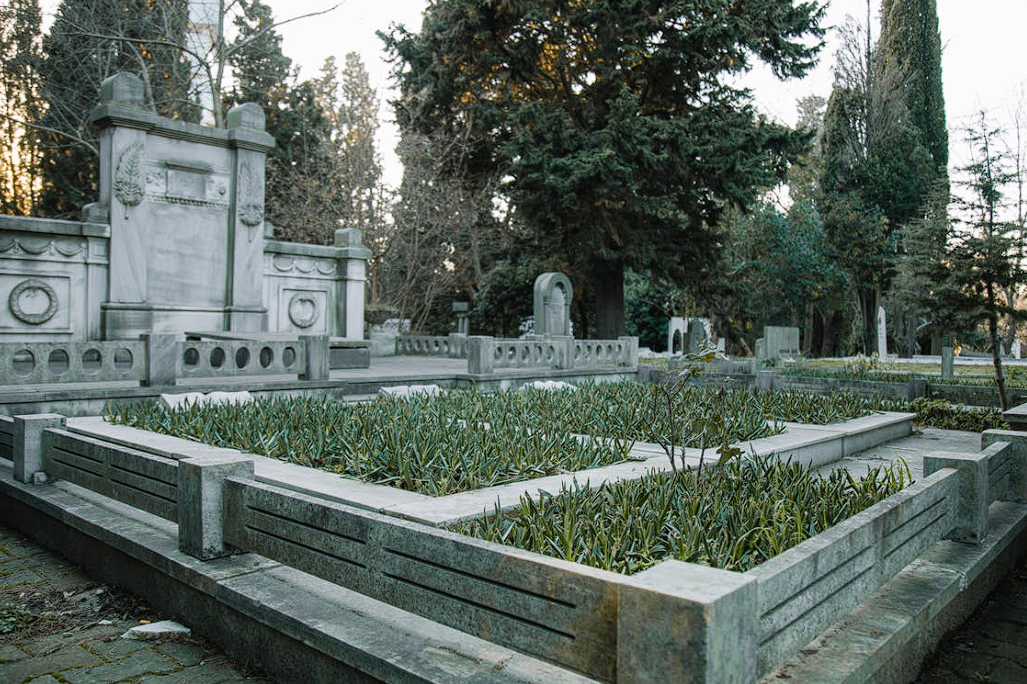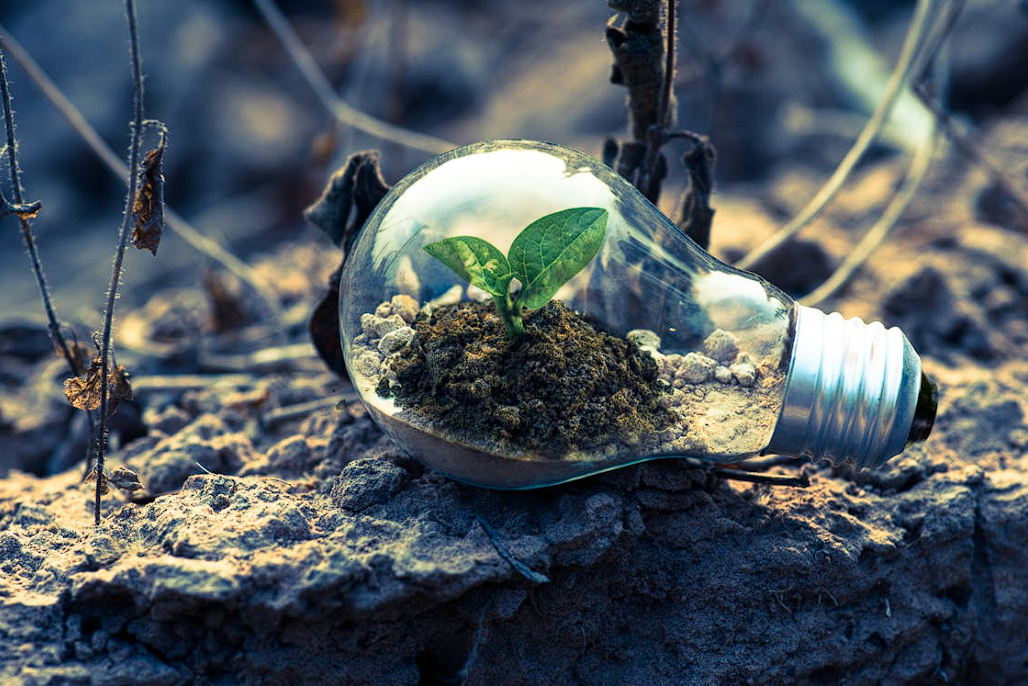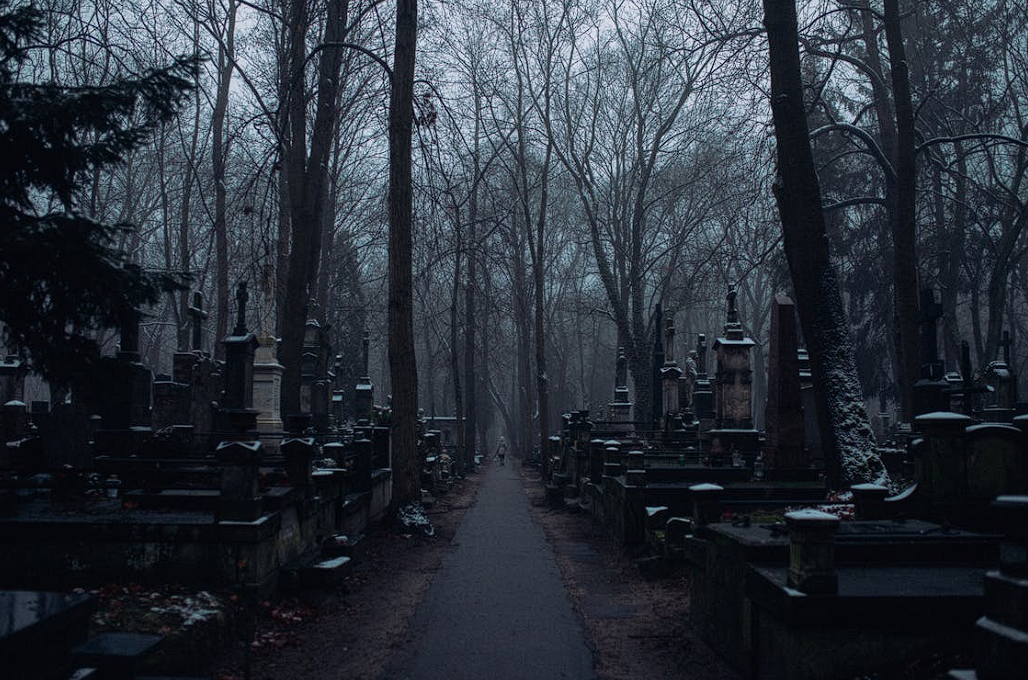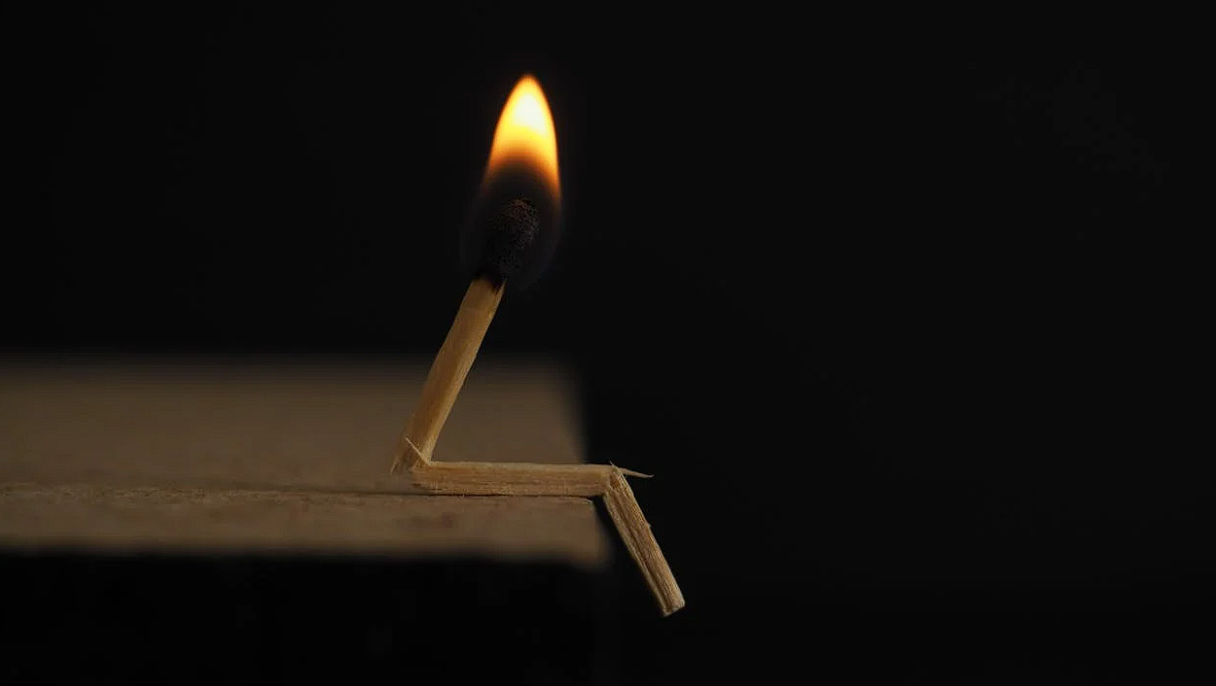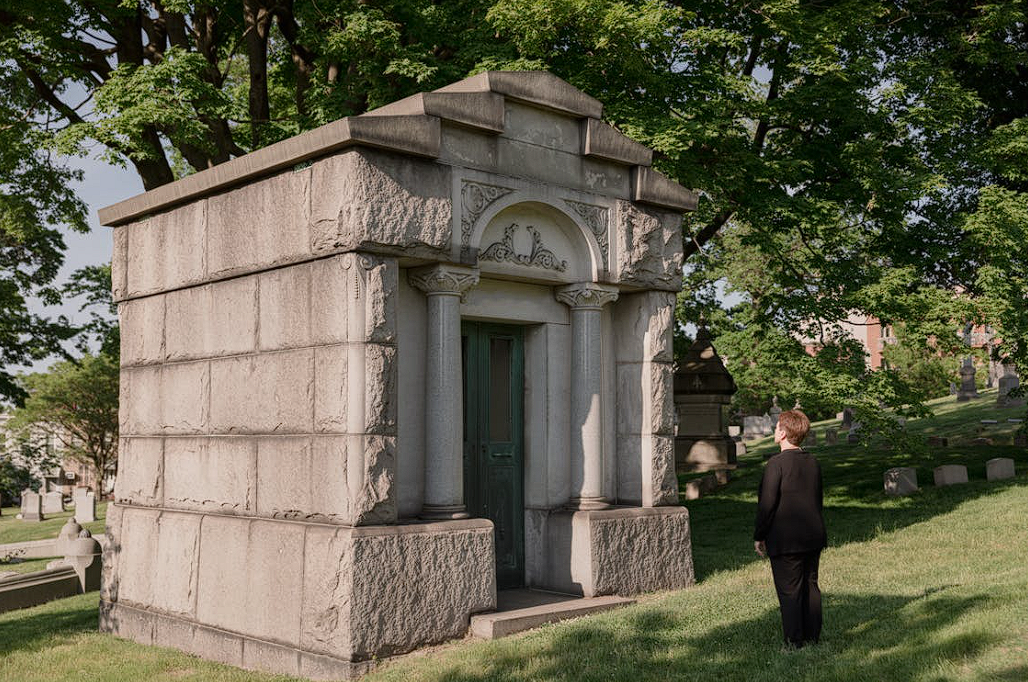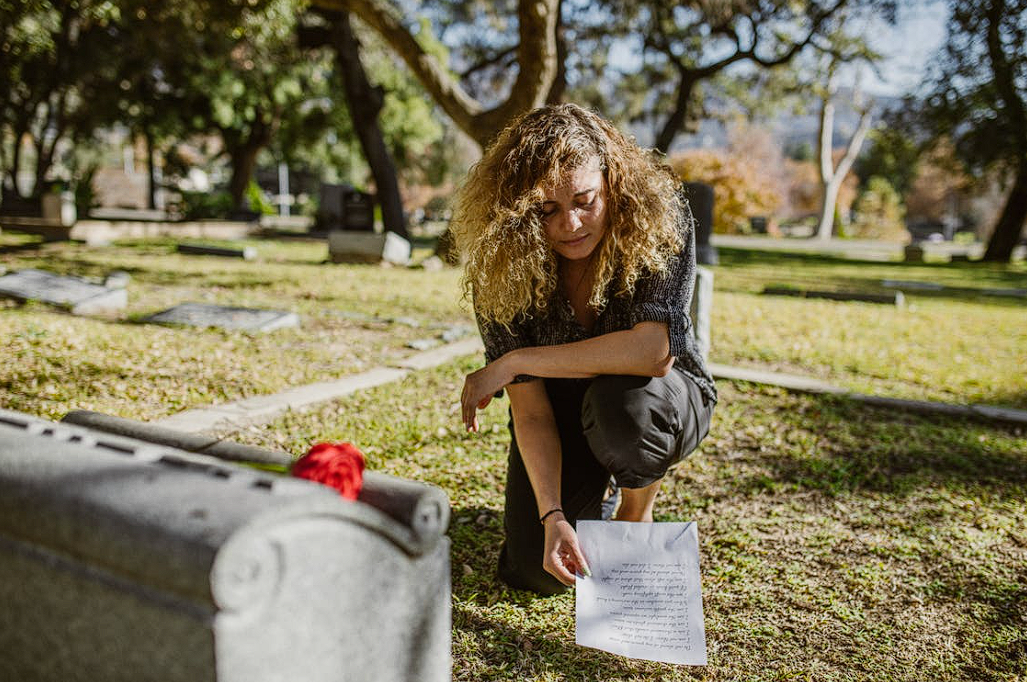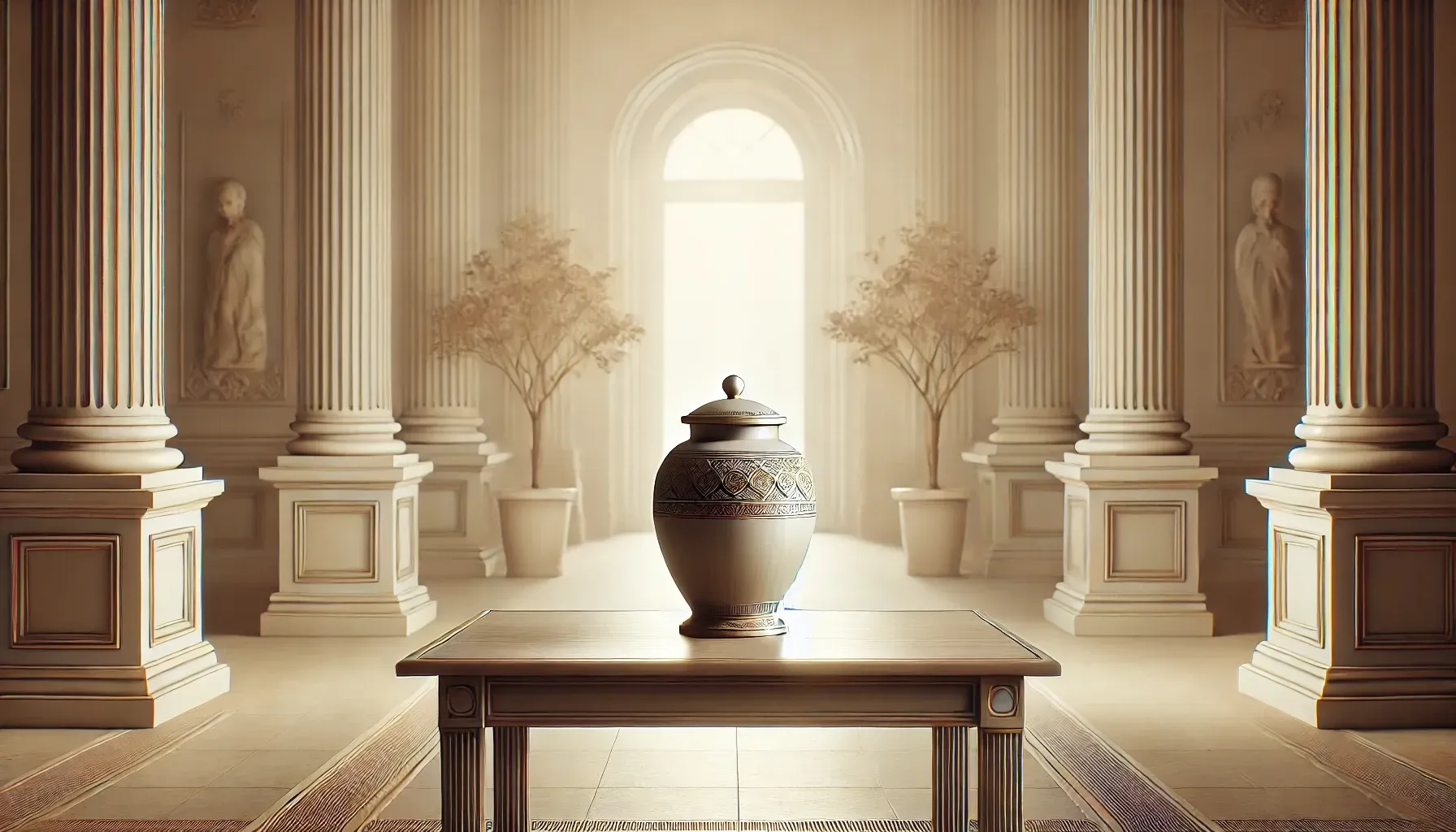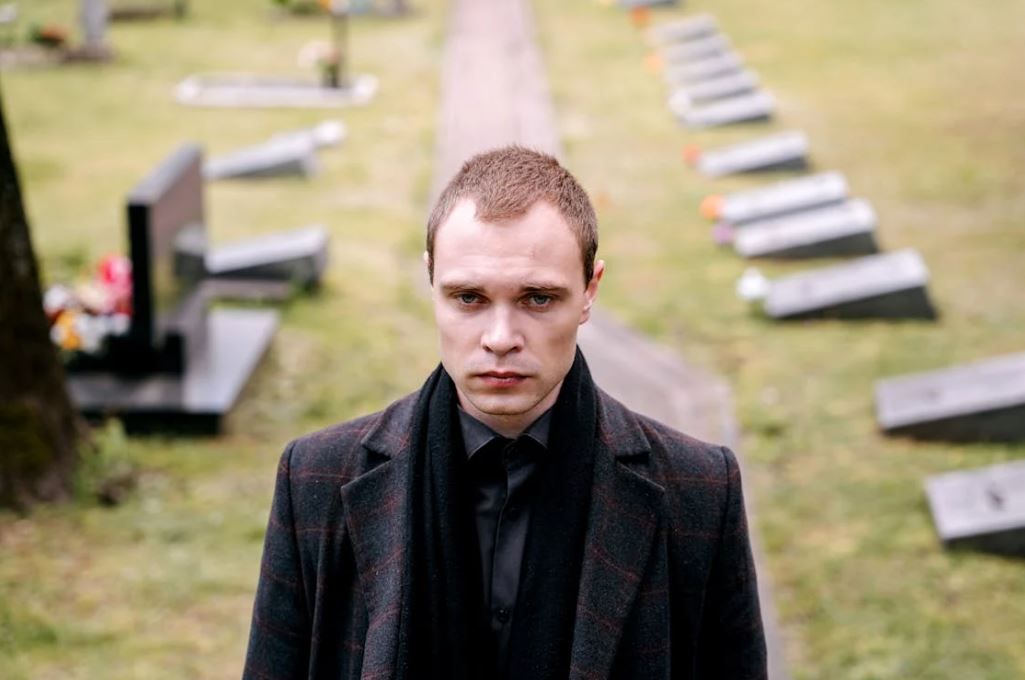The Deep Significance of Traditional Burials

When it comes to honoring the passing of our loved ones, many of us lean towards time-honored rituals offering a sense of comfort and closure. Establishments like Rest Haven Memorial Park, among the respected cemeteries in Cincinnati, OH , continue to play an essential role in this regard. Today, we delve into the heart of these traditions and explore the profound cultural significance and symbolism of traditional burials.
While modern alternatives have carved their place, the preference for traditional burials still holds strong among many. It’s a testament to the emotional, spiritual, and even social aspects this age-old practice encapsulates. As we further delve into this journey, you’ll gain intriguing insights into why these traditional customs persist and how they foster connections among the living, even in the midst of loss.
The History and Cultural Significance of Traditional Burials
Delving into centuries-old traditions, traditional burials provide a linkage to our ancestors and offer a deep sense of continuity. These rites have evolved from early societies where rituals around death and the afterlife fastened communities, instilled order, and reflected faith. The burial process, adorned with rituals, from preparing the body, conducting a ceremony, to finally placing the body in the ground, has profound cultural significance. It represented a reverential send-off, acknowledging the transition from this world to an afterlife. Thus, the history of traditional burials is undeniably intertwined with humanity’s cultural fabric, an intrinsic part of our collective heritage.
Why Traditional Burials are Still Preferred by Many
Despite the advent of cremation and eco-friendly alternatives, traditional burials hold a firm place in societies. But why is it preferred by many? The answer lies in a complex mix of reasons – emotional, cultural, and religious. They offer an opportunity for a final physical connection with the deceased, adding a tangible element to the farewell. It also provides a permanent place to visit, enabling families and friends to gather, remember, and pay their respects. This continuity and familiarity, for many, are comforting during times of grief.
Understanding the Burial Processes
 A traditional burial
is more than just an interment; it’s an involved process that facilitates mental and emotional closure. It begins with preparing the body, which traditionally involves embalming for preservation. The carefully prepared body is then placed in a casket, which plays its part in the symbolic final journey. The body, in its final adornment, is afforded a viewing or wake, providing a space for loved ones to say their goodbyes. Following this, a service or funeral takes place, usually in a religious or secular context, depending on the deceased’s and family’s beliefs. The burial culminates with the physical act of burial at a chosen plot, often accompanied by a ritual, be it a religious prayer or the symbolic act of throwing a handful of soil onto the casket. This entire process helps to affirm the reality of death—a necessary step in the grief process.
A traditional burial
is more than just an interment; it’s an involved process that facilitates mental and emotional closure. It begins with preparing the body, which traditionally involves embalming for preservation. The carefully prepared body is then placed in a casket, which plays its part in the symbolic final journey. The body, in its final adornment, is afforded a viewing or wake, providing a space for loved ones to say their goodbyes. Following this, a service or funeral takes place, usually in a religious or secular context, depending on the deceased’s and family’s beliefs. The burial culminates with the physical act of burial at a chosen plot, often accompanied by a ritual, be it a religious prayer or the symbolic act of throwing a handful of soil onto the casket. This entire process helps to affirm the reality of death—a necessary step in the grief process.
In immersing ourselves in the depth and breadth of traditional burials , we realize that they go far beyond being mere ceremonies. They serve as landmarks on our journey of grief, healing , and ultimately, acceptance. Perfectly highlighting this, the Rest Haven Memorial Park, a revered name among cemeteries in Cincinnati, OH, stands as a testament to these endearing traditions. It continually reinforces the significance of these rituals, strengthening our bonds with the departed, and in many ways, with those still with us. We encourage all to reflect on this ongoing tradition, its meaning in their lives, and how it continues to form an essential thread in the fabric of our shared human experience.
The post The Deep Significance of Traditional Burials appeared first on Rest Haven Memorial Park.


